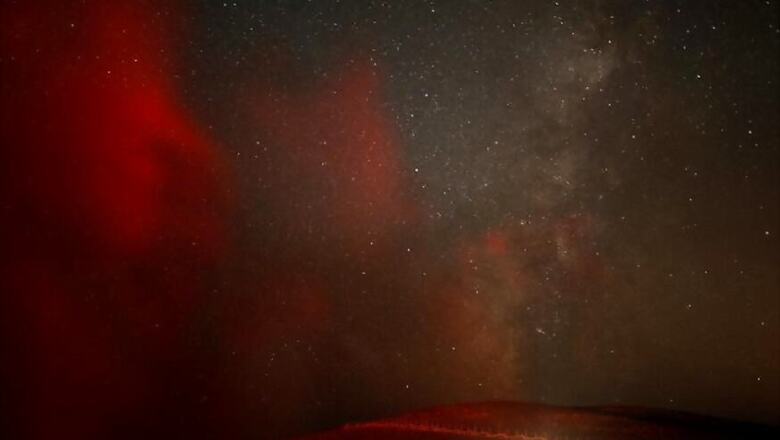
views
Scientists have discovered a brown dwarf -- sometimes called "failed stars" -- a little more than 100 light-years away from the Sun, using a new citizen-science tool that helps astronomers pinpoint new worlds lurking in the outer reaches of our solar system.
Brown dwarfs are spread throughout the Milky Way, the galaxy in which our solar system dwells. They lack enough mass to sustain nuclear fusion but they are hot enough to glow in the infrared range of the light spectrum.
Volunteers of the citizen science project -- named as Backyard Worlds: Planet 9 -- identified a very faint object moving across the images taken by NASA's Wide-Field Infrared Survey Explorer (WISE) spacecraft and alerted the science team to the curious object, whose presence has since been confirmed via an infrared telescope.
"I was so proud of our volunteers as I saw the data on this new cold world coming in. It was a feel-good moment for science," said Jackie Faherty, researcher at the Backyard World's and scientist at the American Museum of Natural History.
"Sky surveys had missed this object because it's too faint," Faherty added.Also read: GSLV Mk-III: 10 Things to Know About India's Heaviest, Yet Shortest, Rocket
Backyard Worlds: Planet 9 lets anyone with a computer and an internet connection flip through images taken by NASA's WISE spacecraft.
If an object is close enough to the Earth, it would appear to "jump" when multiple images taken of the same spot in the sky a few years apart are compared.
The volunteers of the project, who are more than 37,000, then flag the moving objects they see in these digital flipbooks for further investigation by the science team.
So far, volunteers have classified more than four million flipbooks, revealed the study reported in the Astrophysical Journal Letters.
After some initial investigation by the research team, which originally called the object "Bob's dwarf," Faherty was awarded time on NASA's Infrared Telescope Facility in Hawaii, where she confirmed that it was a previously unknown brown dwarf just a few hundred degrees warmer than Jupiter. Also read: NASA to Launch First-Ever Mission to Study Neutron Stars














Comments
0 comment